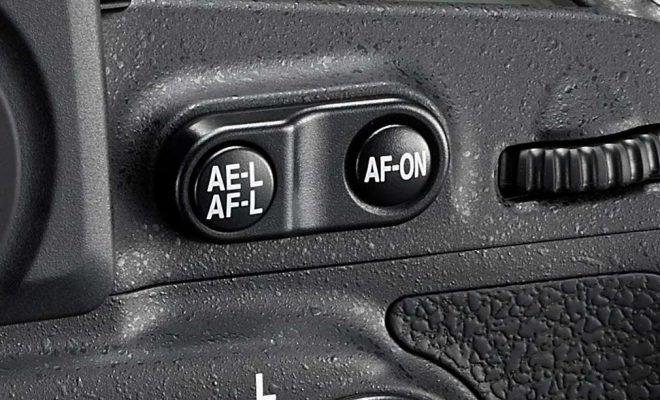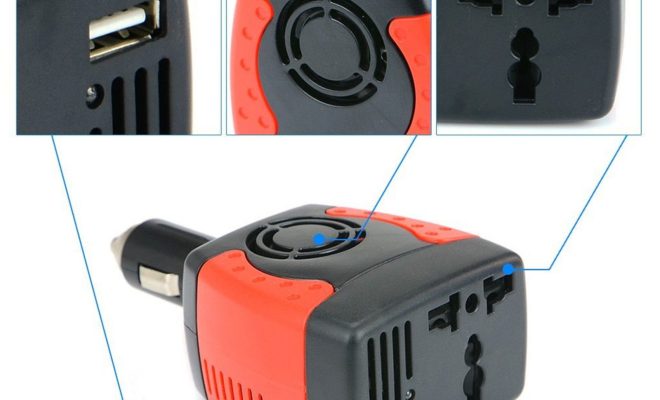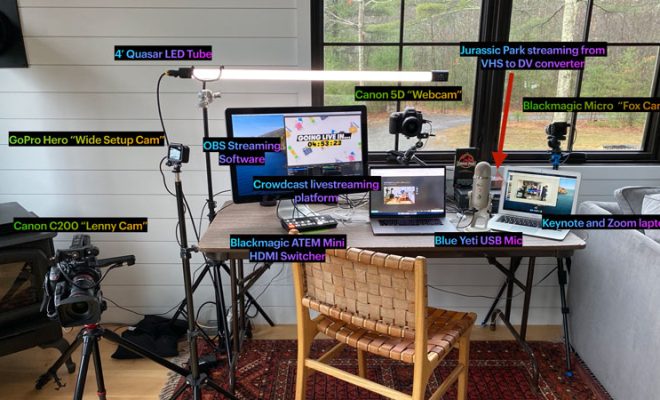What Is AF-Lock? (Also FE, AF, AE Lock)

AF-Lock (also known as FE, AF, AE Lock) is a feature found on many cameras that allows a photographer to lock in the focus, exposure, or flash output. This ability to lock in a specific setting ensures that the camera will continue to use that setting until the photographer releases the lock.
AF stands for autofocus, which is the camera’s ability to automatically focus on a subject. When using AF-Lock, the camera will focus on the subject in the center of the frame and then lock the focus. This is particularly useful when taking portraits or other stationary subjects, as it ensures that the subject remains in focus even if the camera or subject move.
AE stands for automatic exposure, which is the camera’s ability to automatically adjust its exposure settings to ensure that an image is neither too bright nor too dark. When using AE-Lock, the camera will read the light levels in the scene and adjust the exposure to what it considers the ideal settings. The photographer can then lock in those settings for the entire shoot.
FE stands for flash exposure, which is the camera’s ability to automatically adjust the output of the flash to ensure that the subject is properly illuminated. When using FE-Lock, the camera will read the light levels in the scene and adjust the flash output to what it considers the ideal settings. The photographer can then lock in those settings for the entire shoot.
The AF, AE, and FE Lock features are particularly useful in situations where the lighting or subject positions are consistent throughout the shoot. For example, if a photographer is taking a series of portraits with the same background and lighting, they can use AF-Lock, AE-
Lock, or FE-Lock to ensure consistent results.
Overall, AF-Lock, AE-Lock, and FE-Lock are powerful features that allow a photographer to take control of their camera settings and ensure consistent results. If you haven’t explored these features on your camera yet, it’s definitely worth taking the time to learn how to use them.






